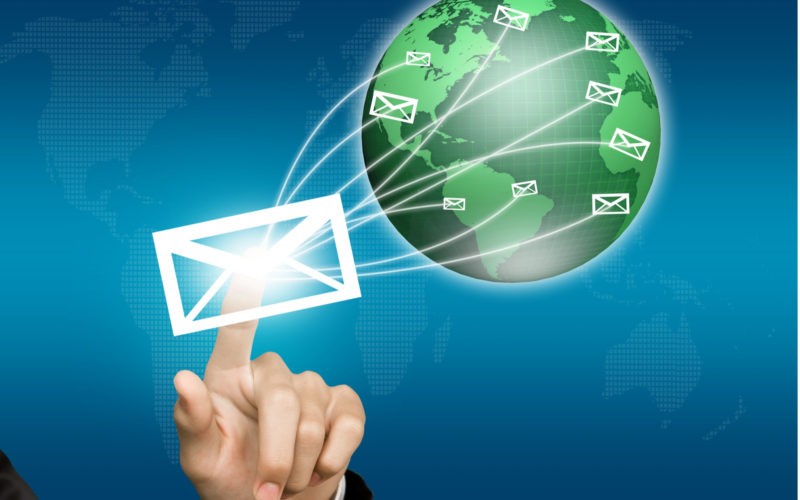Email marketing is a powerful and indispensable tool for businesses of all sizes. As technology advances, so do the tools and trends that shape how companies engage with their audiences through email. This article explores the latest email marketing tools and automation trends, highlighting their significance in today’s marketing strategies. From advanced segmentation and personalization to AI-driven automation, these trends are transforming how businesses communicate, nurture leads, and drive conversions.
The Evolution of Email Marketing
Email marketing has come a long way since its inception. What began as simple newsletters and promotional messages has evolved into a sophisticated and data-driven channel. Modern email marketing leverages a plethora of tools and technologies designed to enhance efficiency, effectiveness, and personalization.
Advanced Segmentation and Personalization
One of the most significant trends in email marketing is the emphasis on advanced segmentation and personalization. Gone are the days of generic, one-size-fits-all emails. Today’s consumers expect relevant and personalized content that speaks directly to their needs and interests.
Segmentation
Segmentation involves dividing your email list into distinct groups based on specific criteria such as demographics, behavior, purchase history, and engagement levels. By targeting these segments with tailored content, businesses can increase open rates, click-through rates, and overall engagement.
Personalization
Personalization goes beyond simply addressing recipients by their first names. It involves leveraging data to create highly customized content that resonates with individual subscribers. This can include personalized product recommendations, tailored offers, and dynamic content that adapts based on the recipient’s preferences and behaviors.
AI-Driven Automation
Artificial intelligence (AI) is revolutionizing email marketing by enabling more sophisticated automation capabilities. AI-driven tools can analyze vast amounts of data to identify patterns, predict behavior, and optimize email campaigns for better results.
Predictive Analytics
Predictive analytics use AI to forecast future customer behaviors based on historical data. By understanding patterns and trends, marketers can anticipate customer needs and send targeted emails at the right time, increasing the likelihood of conversions.
Automated Workflows
Automated workflows are predefined sequences of emails triggered by specific actions or events, such as a new subscriber joining the list, a customer making a purchase, or an abandoned cart. These workflows ensure timely and relevant communication, nurturing leads through the sales funnel without manual intervention. Hiring a Klaviyo email marketing agency can significantly enhance this process, offering expertise in creating highly personalized and targeted email campaigns. By leveraging Klaviyo’s advanced tools, marketers can streamline their email marketing efforts and achieve better engagement and conversion rates.
Dynamic Content and Interactive Emails
Dynamic content and interactive emails are enhancing the email marketing experience by making emails more engaging and relevant to recipients.
Dynamic Content
Dynamic content allows marketers to create emails that change based on the recipient’s data and behavior. This can include product recommendations, personalized offers, and content that adapts in real-time to reflect the recipient’s preferences.
Interactive Emails
Interactive emails incorporate elements such as polls, surveys, quizzes, and carousels directly within the email. These interactive elements encourage engagement and can provide valuable insights into subscriber preferences and behaviors.
Integration with Other Marketing Channels
Email marketing does not operate in isolation. Integrating email campaigns with other marketing channels, such as social media, content marketing, and CRM systems, creates a cohesive and unified marketing strategy.
Omnichannel Marketing
Omnichannel marketing ensures a seamless customer experience across multiple channels. By integrating email with social media, SMS, and other platforms, businesses can deliver consistent messaging and create a more holistic view of customer interactions.
CRM Integration
Integrating email marketing with customer relationship management (CRM) systems allows for better data synchronization and more personalized communication. CRM integration enables marketers to leverage customer data for more targeted and effective email campaigns.
Enhanced Analytics and Reporting
Advanced analytics and reporting tools provide deeper insights into email campaign performance, enabling marketers to make data-driven decisions and optimize their strategies.
Real-Time Analytics
Real-time analytics offer immediate insights into how email campaigns are performing. Marketers can track open rates, click-through rates, conversion rates, and other key metrics in real time, allowing for quick adjustments and improvements.
A/B Testing
A/B testing, or split testing, is a method of comparing two versions of an email to determine which one performs better. By testing different subject lines, content, images, and calls-to-action, marketers can identify what resonates best with their audience and refine their email strategies accordingly.
The Rise of Mobile-First Email Design
Mobile-first email design has become a critical trend in email marketing with the increasing use of smartphones and tablets. Ensuring that emails are optimized for mobile devices is essential for maintaining engagement and improving user experience.
Responsive Design
Responsive design ensures that emails look and function well on any device, whether it be a desktop, tablet, or smartphone. This involves using flexible layouts, scalable images, and touch-friendly buttons to create a seamless experience across all devices.
Mobile-Friendly Content
Mobile-friendly content includes concise and scannable text, large fonts, and clear calls-to-action. Given the limited screen space on mobile devices, it is crucial to prioritize the most important information and make it easy for recipients to take action.
Data Privacy and Compliance
As data privacy concerns continue to grow, compliance with regulations such as the General Data Protection Regulation (GDPR) and the California Consumer Privacy Act (CCPA) is becoming increasingly important in email marketing.
Consent and Opt-In
Marketers must obtain explicit consent from subscribers before sending them emails. Verifying each new sign-up can help filter out disposable email addresses, ensuring your mailing list stays healthy and engaged. This involves using clear and transparent opt-in forms and providing easy ways for subscribers to manage their preferences and unsubscribe.
Data Security
Ensuring the security of subscriber data is paramount. Marketers must implement robust security measures to protect personal information and comply with data protection regulations to maintain trust and credibility.
Conclusion
Email marketing remains a vital component of digital marketing strategies, continually evolving with new tools and trends that enhance its effectiveness and efficiency. Advanced segmentation and personalization, AI-driven automation, dynamic content, and interactive emails reshape how businesses communicate with their audiences. Integration with other marketing channels, enhanced analytics, mobile-first design, and a focus on data privacy are also driving the future of email marketing. By staying abreast of these trends and leveraging the latest tools, businesses can create more engaging, relevant, and successful email campaigns that drive growth and build lasting customer relationships.












